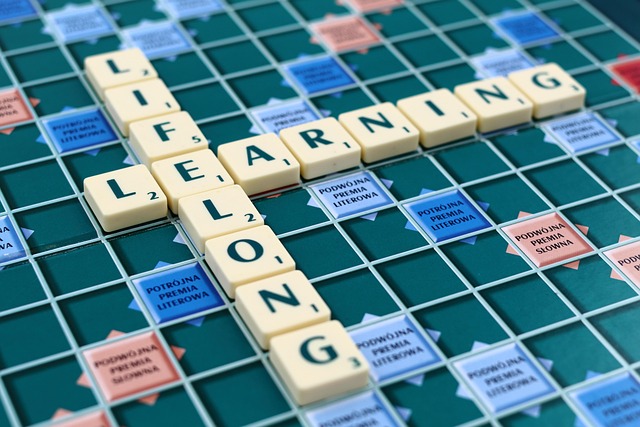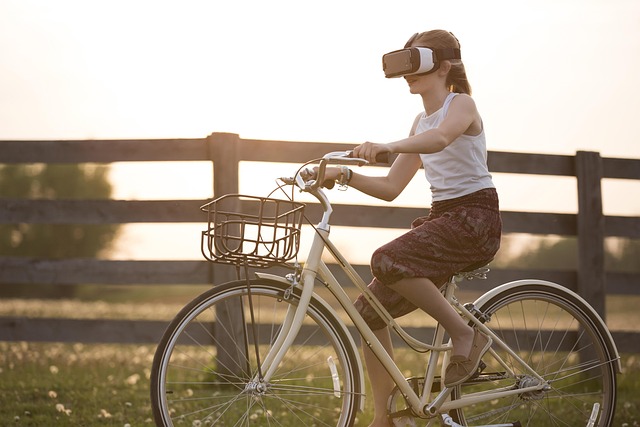In the ever-evolving landscape of education, technological advancements continuously pave the way for new methodologies that enhance the learning experience. Among these innovations, educational VR learning systems stand out for their immersive capabilities. They offer a groundbreaking approach that transcends traditional classroom settings, making education more engaging and accessible than ever before.
Imagine a scenario where students can visit ancient civilizations or explore outer space without leaving their classroom. This is the promise of virtual reality (VR) in education. Through the use of headsets and interactive environments, learners can immerse themselves in educational content, engaging with materials in a way that feels genuine and impactful. Such experiences not only stimulate curiosity but also deepen understanding, making complex concepts easier to grasp.
Moreover, combining VR with augmented reality (AR) takes learning to another level. With AR, digital information is overlaid on the real world, allowing students to interact with both physical and digital elements seamlessly. For instance, during a biology lesson, learners might study a virtual heart superimposed on a real-life model, enabling them to visualize and manipulate the anatomy in a way that static images could never achieve. This blended learning approach provides a multifaceted understanding of subjects, making the educational journey one of exploration and discovery.
The metaverse represents yet another dimension in which educational VR learning systems can flourish. As this digital universe expands, it creates a unique platform where students from around the globe can meet and collaborate in shared virtual spaces. Picture a class where learners from different continents can collaborate on a project as if they were in the same room. Students can participate in simulation exercises, debates, or workshops, fostering a global perspective and enhancing interpersonal skills.
Educational VR learning systems not only enrich the curriculum but also cater to diverse learning styles. Visual learners benefit from interactive graphics, while auditory learners gain from immersive soundscapes that complement the educational narrative. Kinesthetic learners thrive on the hands-on experience VR provides, allowing them to learn by doing in a controlled environment. This personalized approach to education ensures that all students have the opportunity to excel.
Despite the impressive benefits, the incorporation of VR and AR in educational settings is not without its challenges. Cost, accessibility, and the need for adequate training for educators are crucial factors that need to be addressed. However, as technology continues to evolve, solutions are being developed to overcome these barriers, making it easier for schools to adopt educational VR learning systems into their curricula.
As we gaze into the future, the potential of these innovative learning systems is immense. We are entering an era where education is no longer confined by physical walls or limitations, but rather expanded through technology. With VR, AR, and the metaverse blending seamlessly into our educational frameworks, we are not just teaching students; we are preparing them for a dynamic and interconnected world, equipped with the skills and knowledge they need to succeed.



